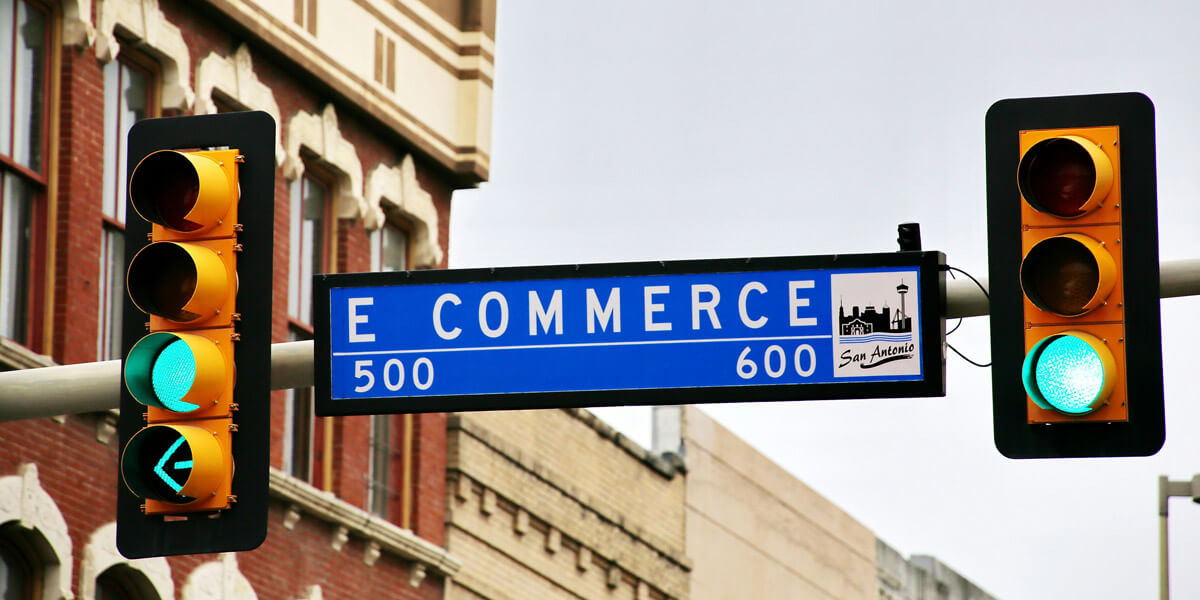Did you know that more than half of searches on Google are done with local intent? This means that people actively search for products and services in their local areas. The internet opens businesses up to a much wider audience, but you don’t want to ignore your local audience. Half your sales could be coming from people who live right around the corner.
To be successful with local SEO, you must put in the time and effort. Below we share 10 effective ways to optimize your website for your local audience.
1. Optimize your homepage
Your homepage is the introduction to your business. Let Google know who you are by using strong content and keywords on your page title tag, header tag and meta description. WordPress is easy to work with as you can update the information under Settings > General.
2. Optimize your meta data.
Some people say that page title tags and meta descriptions are outdated, but we disagree. Including the name of your city and the product you offer tells Google what you do and where people can find you. This can make all the difference in whether a user clicks or not.
3. Follow good SEO practices.
Are there holes in your current website? Look over your web content, blog posts, product descriptions, etc. and find areas to fill in local keywords. The better optimized your website is, the more relevant traffic and inbound links will come your way.
4. Create pages for each location.
Consolidating all of your pages may appear to be streamlined, but it’s not good for SEO purposes. Create a page for each product, service and location so that your site has a clear sitemap and your product pages have a higher chance of ranking.
5. Apply local business schema.
Add local schema markup to your website – a type of unstructured data markup code. This tells the search engines what type of company you are and what you do. The main areas to focus on are name, address, logo, description, image, telephone, opening hours, url and @type.
6. Claim your Google My Business page.
Whether you love it or hate it, Google My Business (GMB) is an important part of local SEO. Claim your listing, choose a business category and include keywords in the content.
7. Claim your other listings.
Google My Business is the big one, but you shouldn’t forget other local directories such as Bing, Yelp, Merchant Circle and others. Claim your listings and update the information. Try out Moz Local for a free audit of your business in the major directories.
8. Update your NAP.
Your website, directories and social media profiles should have the same name, address and phone (NAP) listed. Any inconsistencies may confuse the search engines, and ultimately, your users. If you have multiple locations, create a page for each location (as listed in #4) and include a NAP for each.
9. Manage social media channels.
Having a social media page is an excellent tool for connecting with your customers. It also helps with local SEO, so take the time to fill out your business profiles, add a few nice pictures and post some juicy content.
10. Encourage customer reviews.
As you serve more customers, encourage them to write reviews on your business. Having a lot of reviews tells the search engines that you are relevant and offer a quality service or product.
No matter how far and wide your product reaches, don’t forget the power in selling to your local customers. By following the tips above, you can enjoy a successful and robust local SEO strategy.




